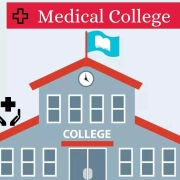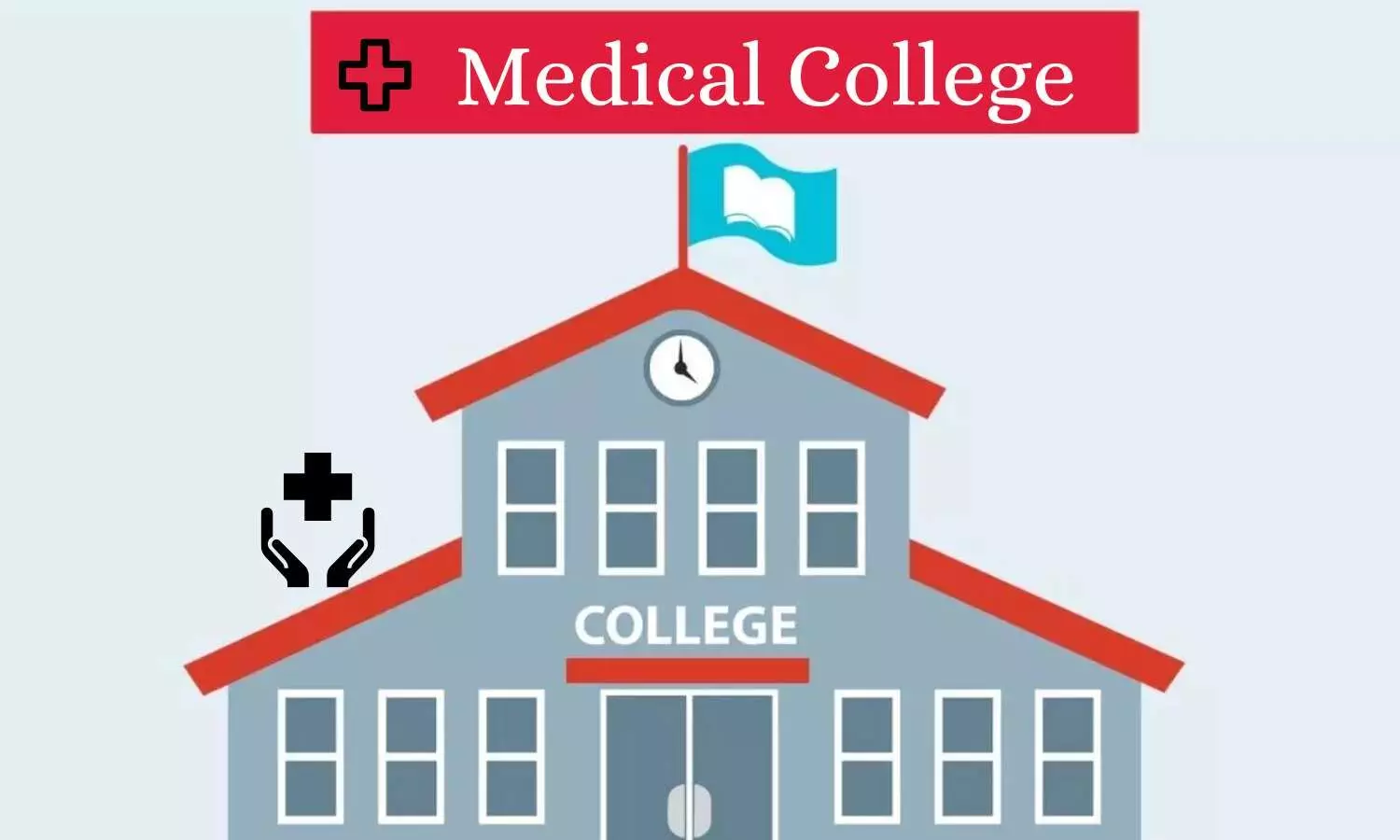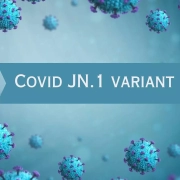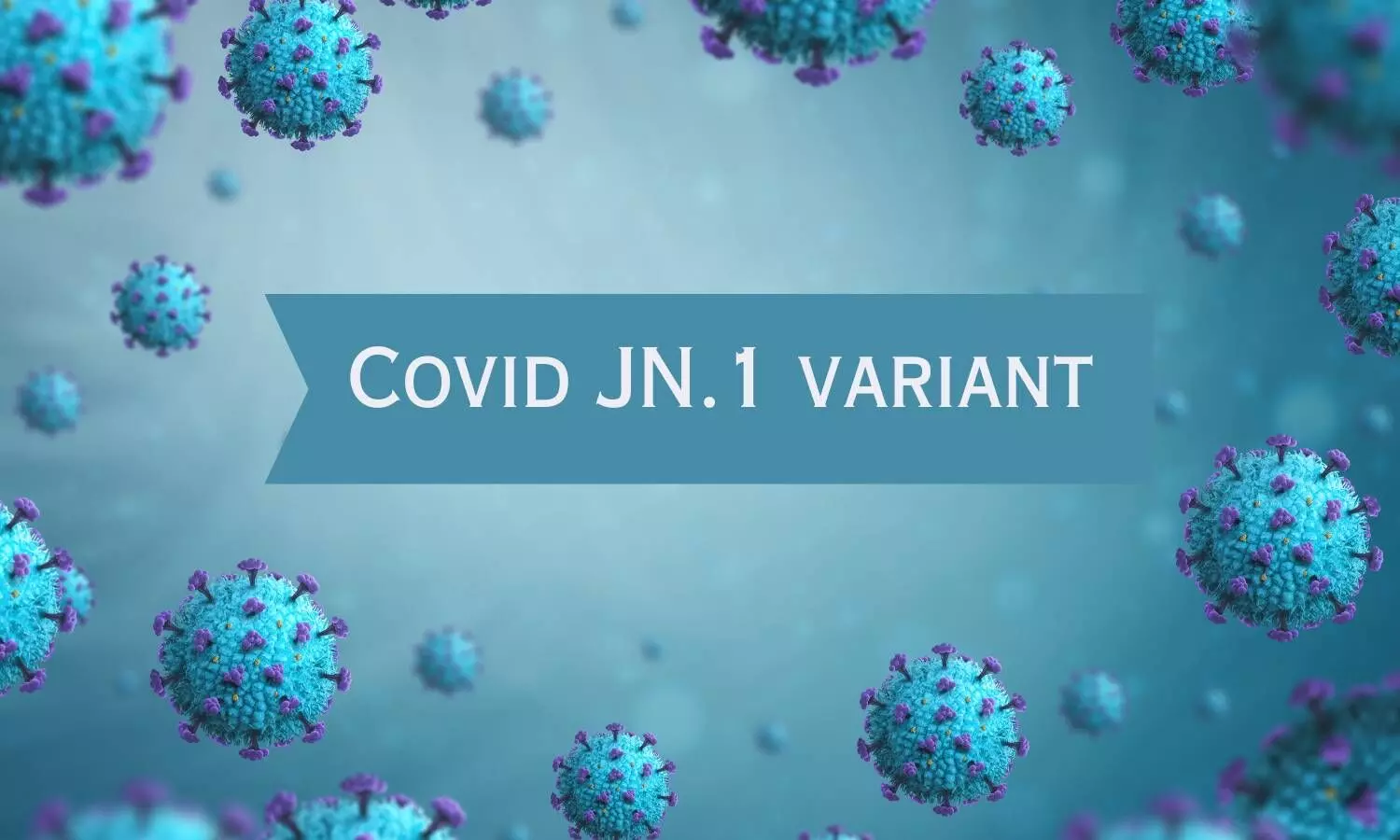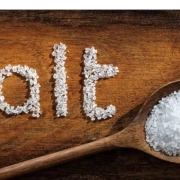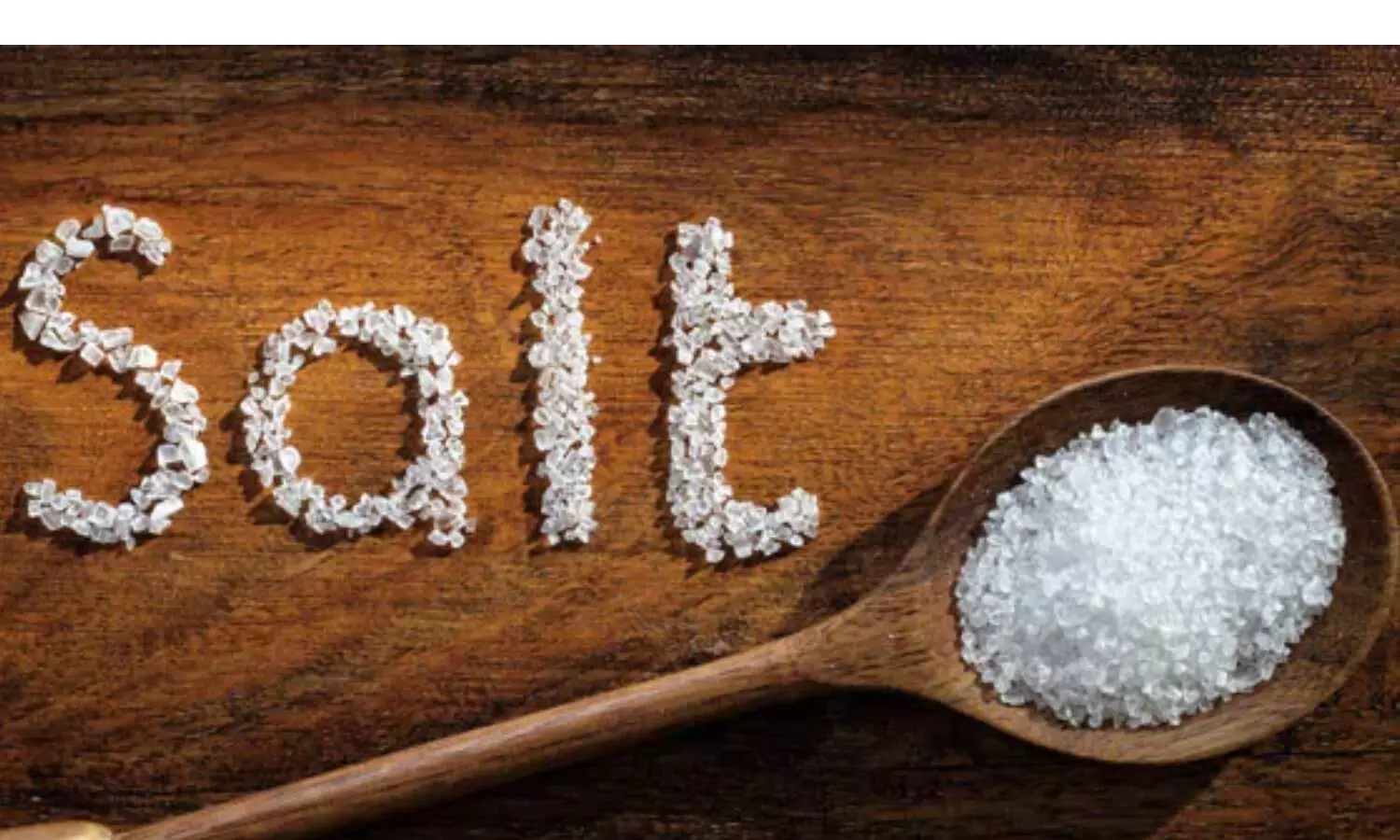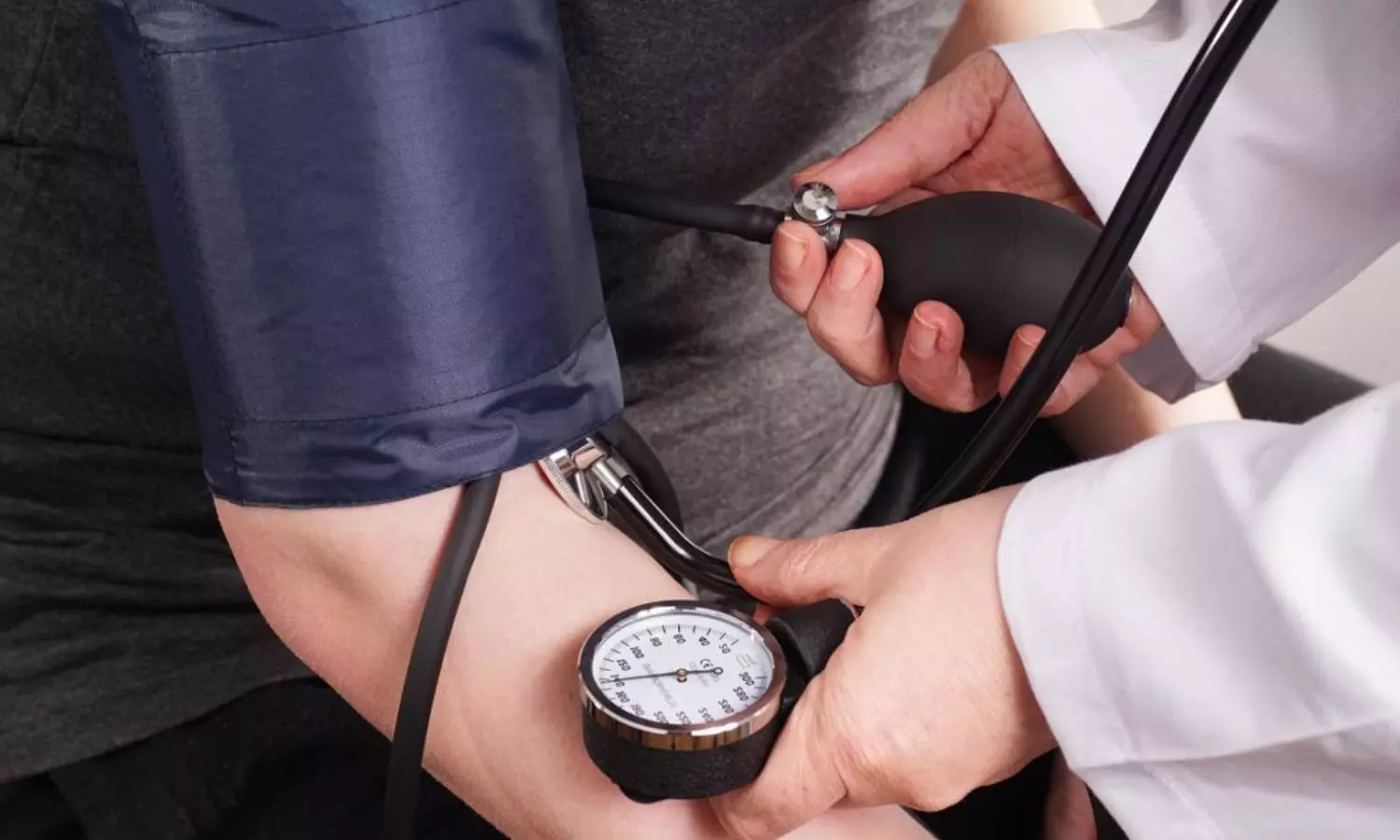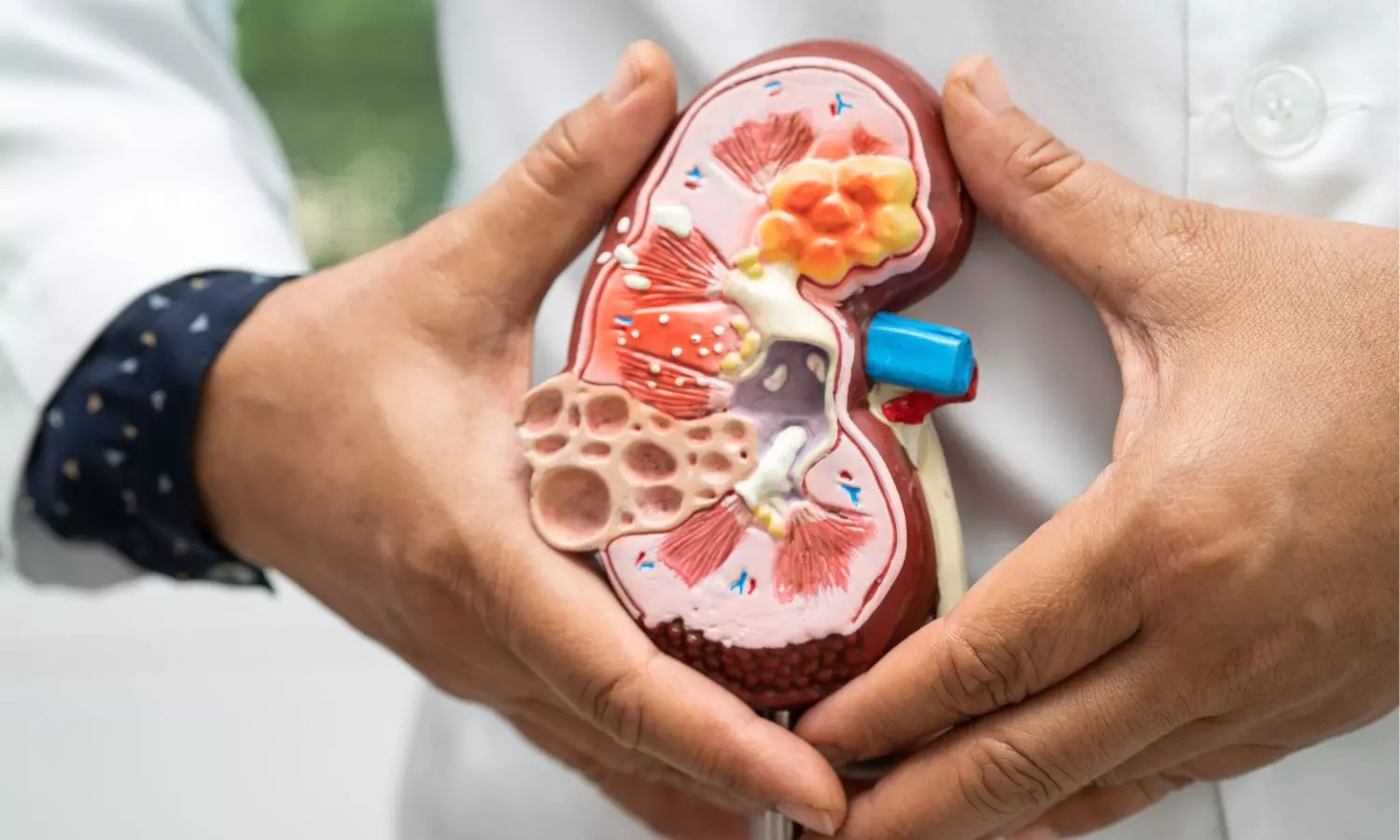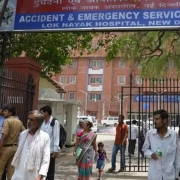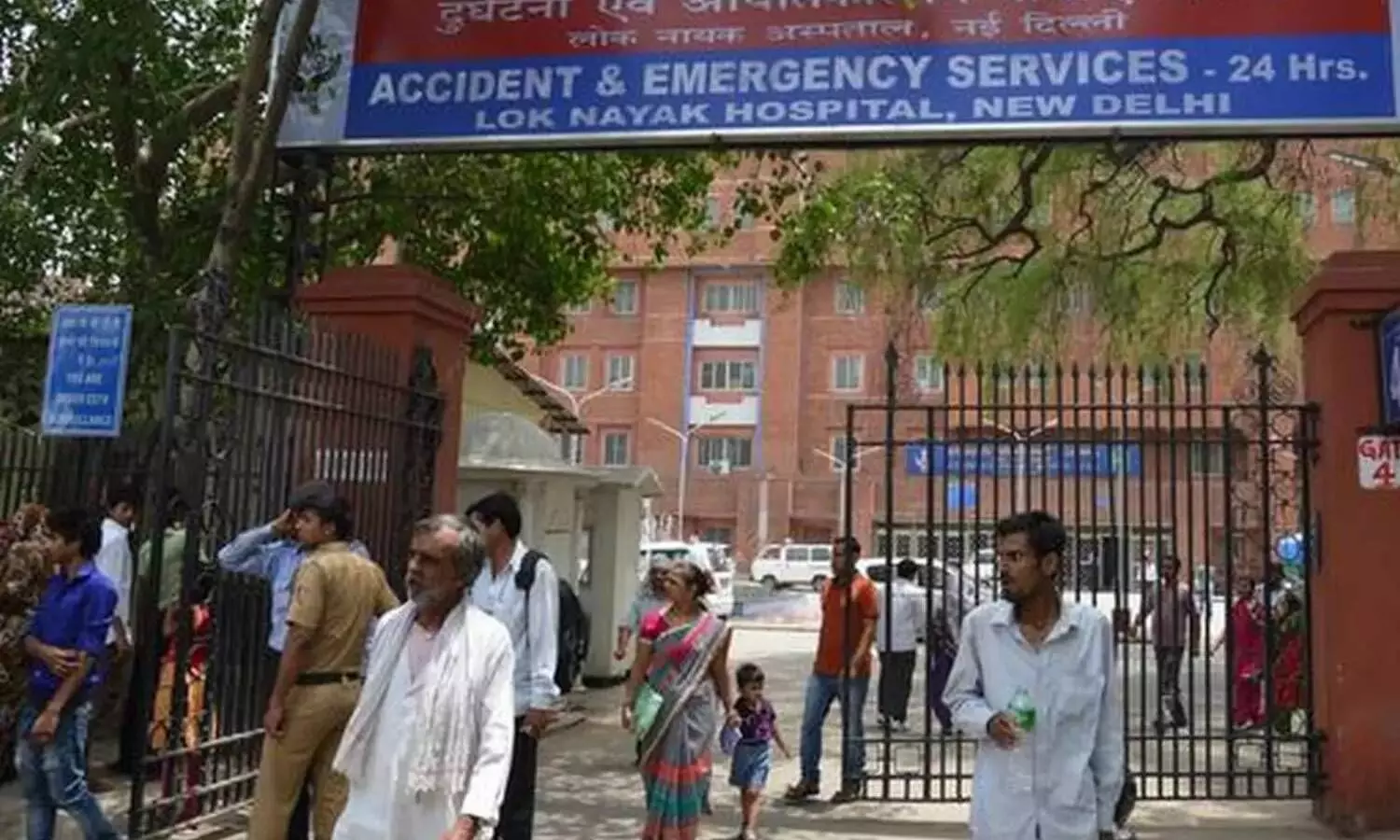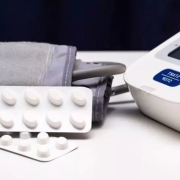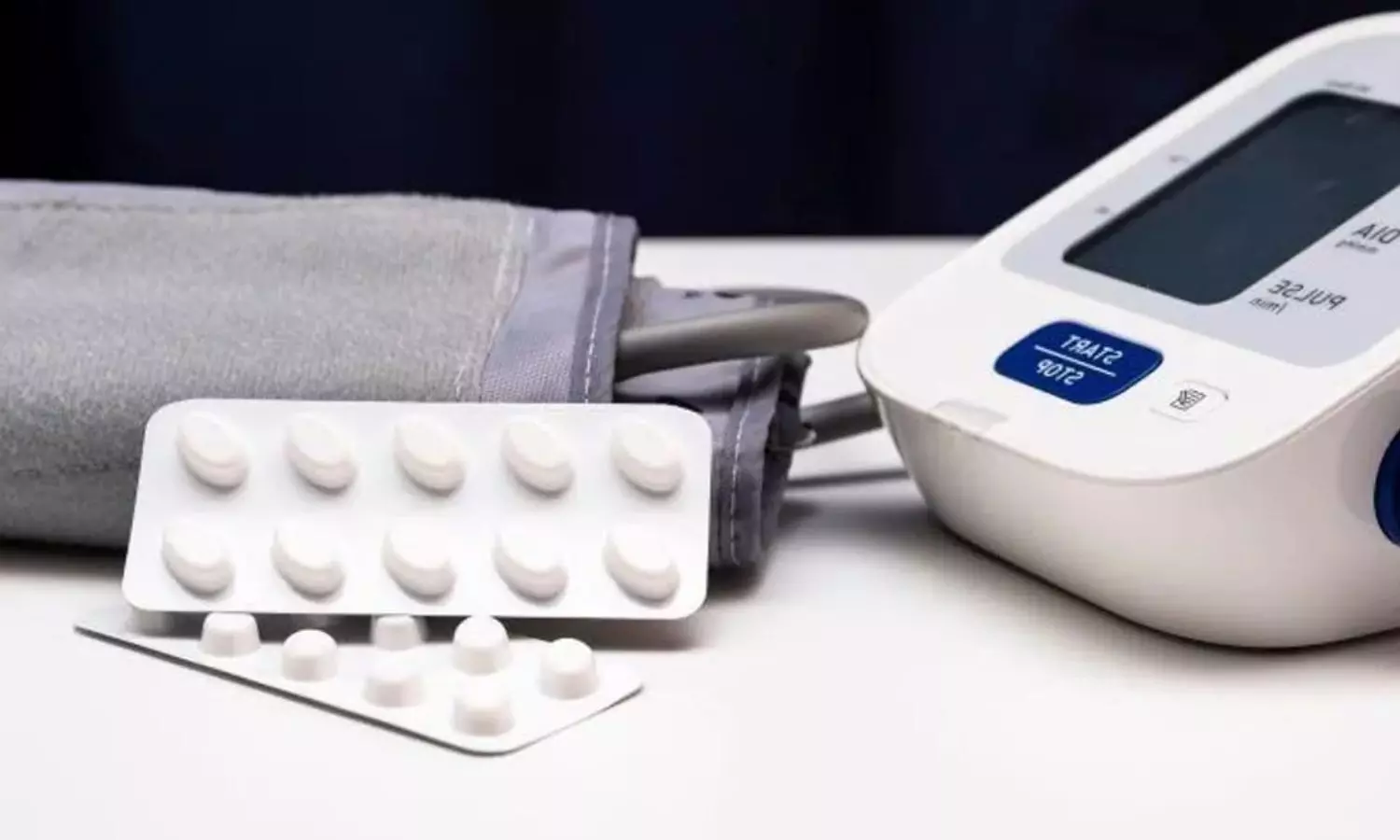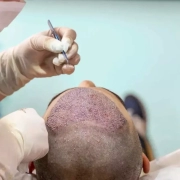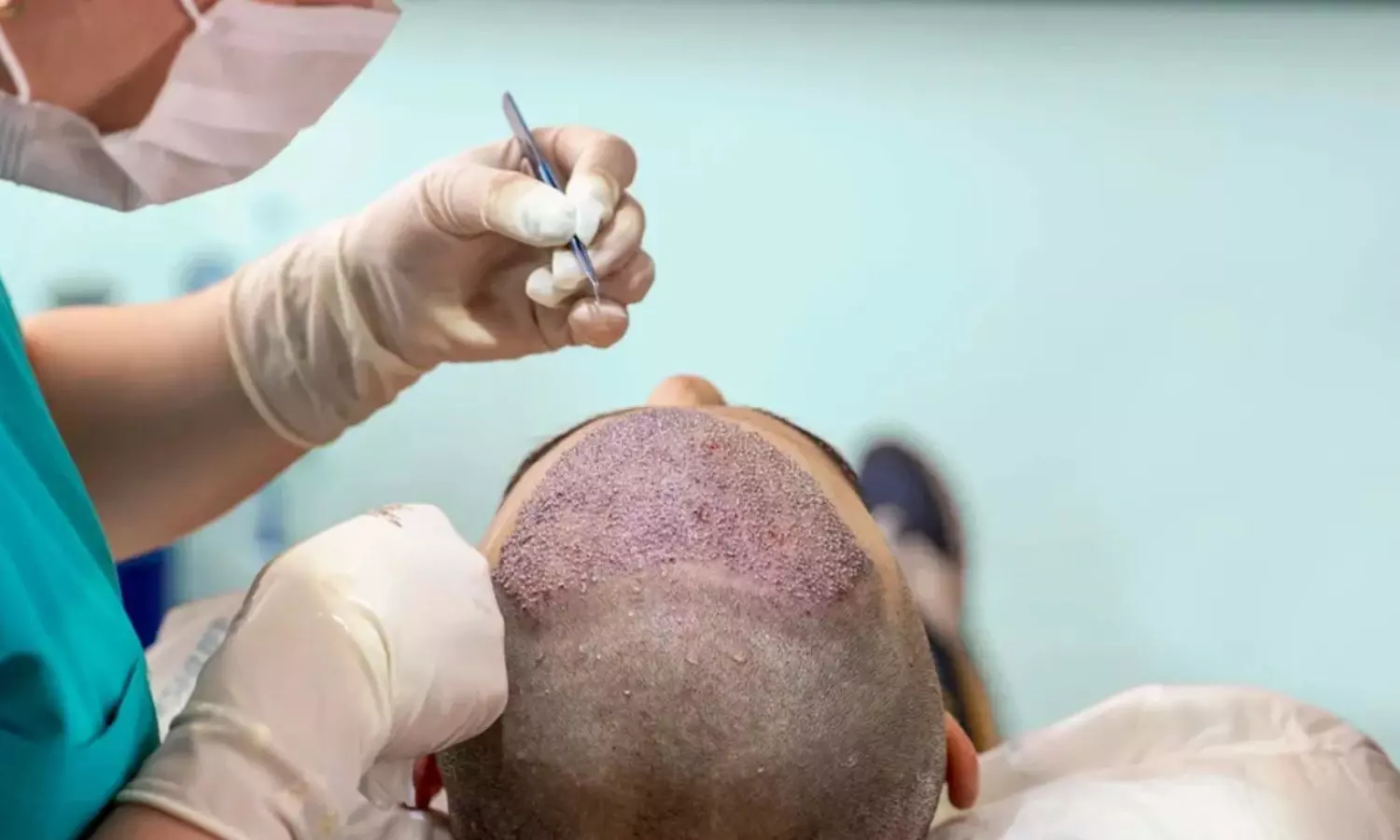New Delhi: Amid the rise in COVID-19 cases due to the JN.1 sub-variant in various states, after AIIMS, Safdarjung Hospital in the national capital has also reserved beds for patients and made other arrangements including oxygen and testing.
The hospital administration has reserved 50 beds for isolations, and 9 ICU beds. Apart from this, complete arrangements have also been made in the hospital regarding oxygen, PPE kits, and COVID testing.
Senior pulmonologist and former Safdarjung Hospital HOD, Dr Neeraj Gupta, said, “JN.1 is a variant of Omicron. It is a very mild virus. The only advantage this virus has because of this mutation is that it crosses our immune barriers and is able to infect us with a normal infection. Like any viral infection, this is also mild; it is not of a very severe nature, and we are not expecting any admissions or higher admission rates.”
“We had one patient of Covid, which was rapid antigen positive when the patient got admitted, and now the patient is negative, so we don’t really know whether it’s genuine or not, but we are testing all the patients who are suspected of Covid-like symptoms, and still now we have not detected any,” Dr Gupta said.
He said they have not detected any positive case till now, but are ready with all the kits, and have all the arrangements for treatment of any COVID patients, including isolation beds.
“We have about 50 beds for isolation and 9 ICU beds, which are ready for all the deployments. There are also adequate PPE kits or medicines available, including oxygen. And if any eventuality comes in, we are ready for it but I do not really anticipate any such rush because, in time, Omicron also did not get so many admissions,” he added.
He further said, “I will want people to beware. Take all the precautions, including avoiding any exposure to excessive cold. Try to remain healthy and exercise when the Sun comes out. Take a nutritious diet and exercise all Covid-appropriate behaviour, like wearing masks in public, and this will also prevent them from many pollution-related issues.”
Meanwhile, Delhi’s Health Minister, Saurabh Bharadwaj, visited Lok Nayak Jai Prakash Narayan Hospital on Thursday to assess the preparedness. The hospital has reserved 20 beds for COVID-19 patients, but there hasn’t been a confirmed case in the hospital yet.
Separate help desks have been set up for COVID-19 patients, along with a dedicated testing centre in the hospital. Immediate treatment will be given upon confirmation of Covid. Directives have been issued to maintain readiness in all Delhi government hospitals. The Delhi Health Minister is continuously monitoring the situation.
“Currently, the entire ward is empty as there have not been any confirmed case of a COVID patient in the hospital yet. However, continuous screening of patients with COVID-related symptoms is ongoing. As soon as any COVID-related patient is confirmed, they will be immediately admitted, and treatment will commence. Almost all preparations in the hospital have been completed, and further preparations will be made as per the evolving situation,” said Saurabh Bharadwaj.
The Health Minister, during this briefing, mentioned that directives have been issued to all hospitals under the Delhi government to maintain all preparations for dealing with COVID-19.
“Although there isn’t any situation causing panic in Delhi presently, it doesn’t mean that hospital administrations should be lax. All hospitals must remain prepared to deal with COVID,” he added.



